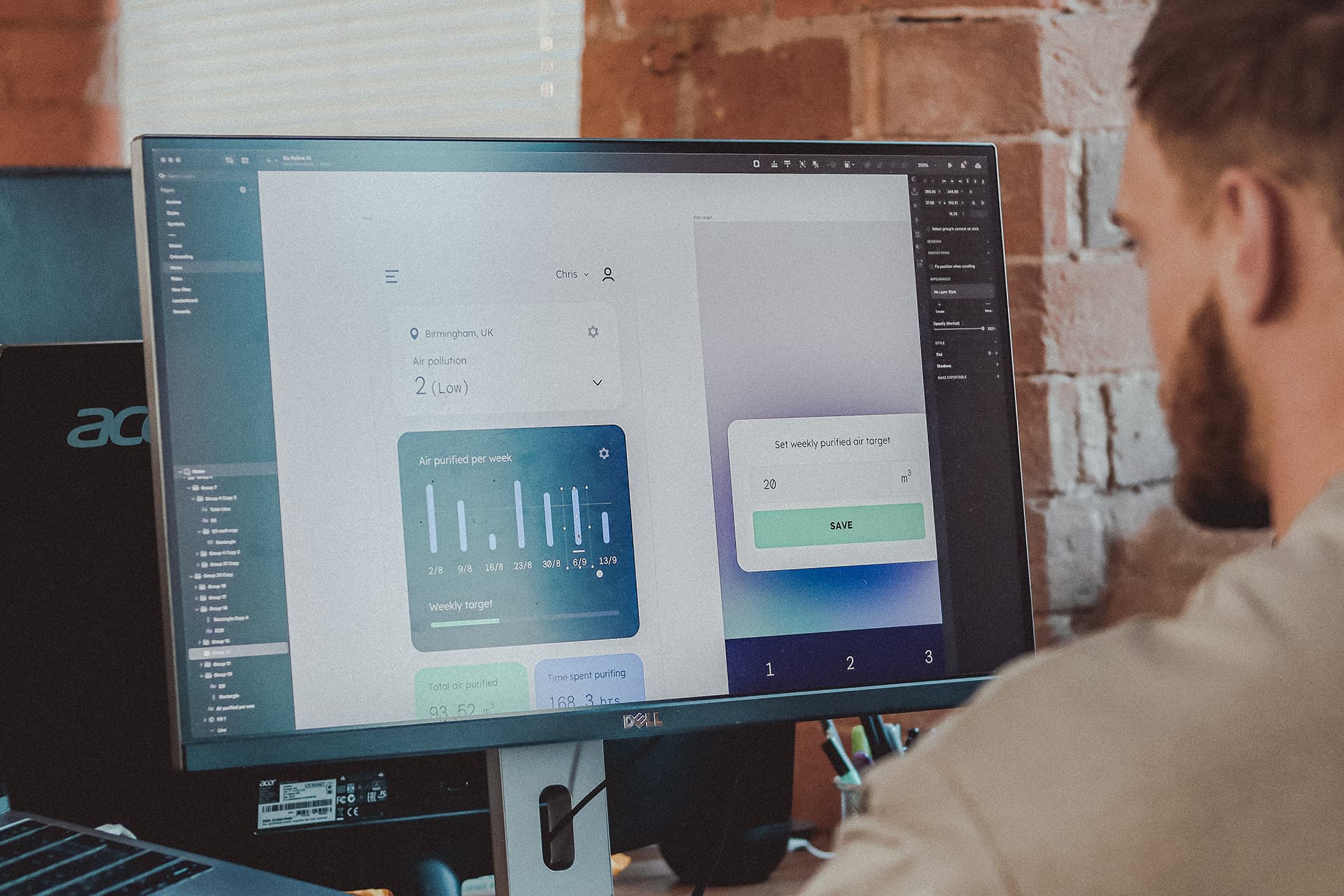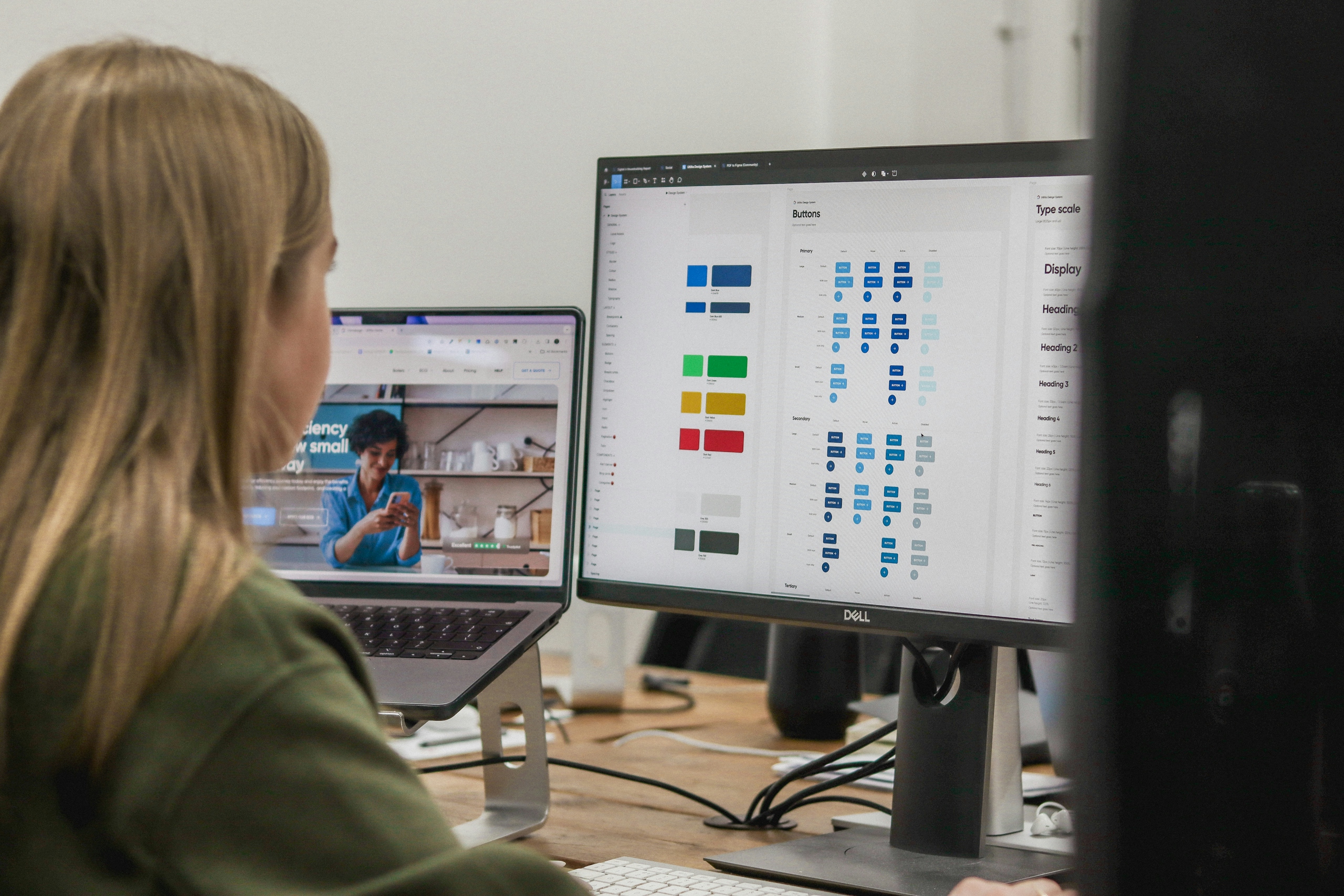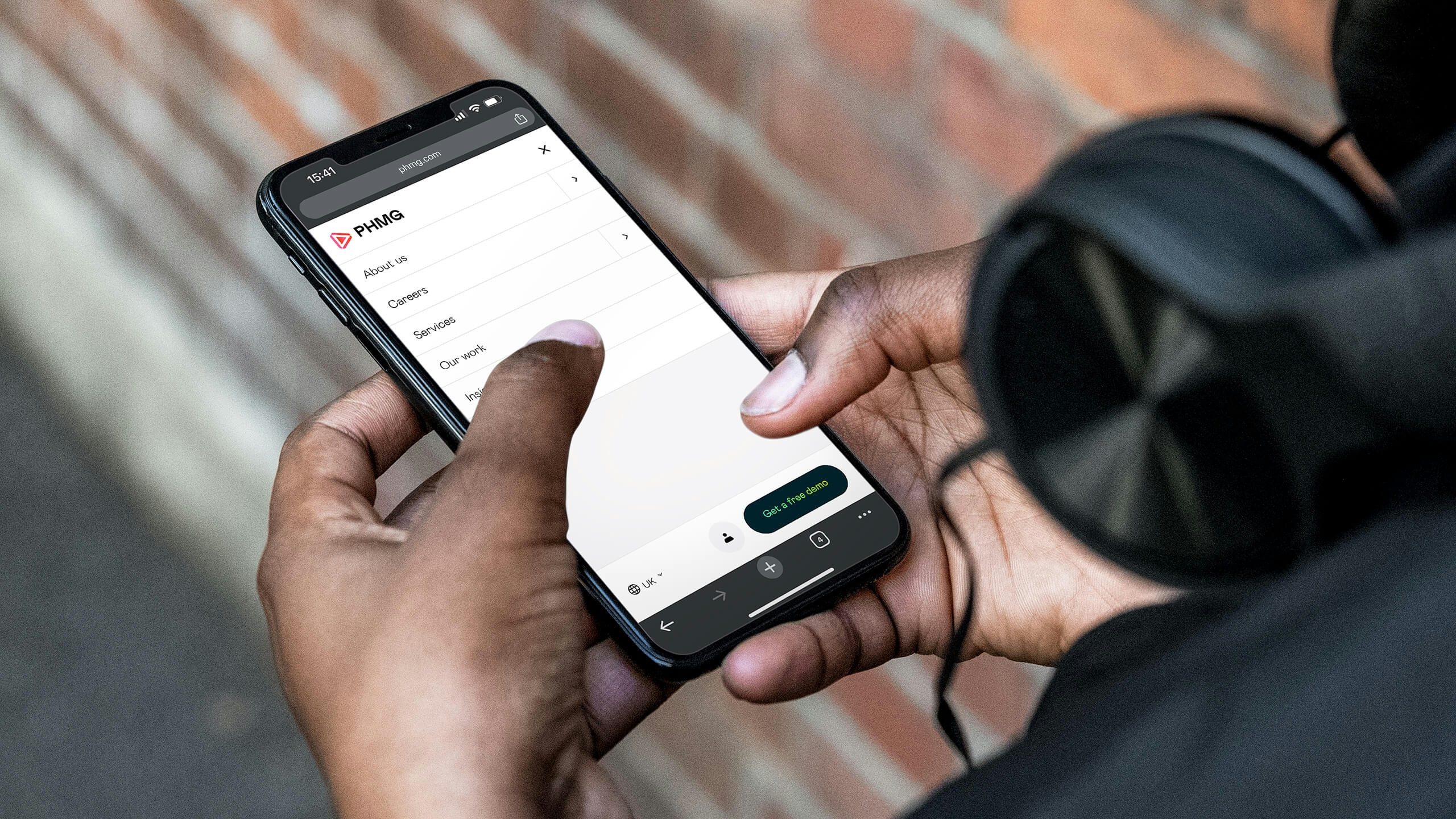Accelerating digital product development with rapid prototyping

The demand for innovative and user-centric digital experiences has never been higher. Striking the balance between getting new ideas to market before your competitors while ensuring you’re resonating with users is key. This is where a structured approach to digital product development is key – guiding you through the stages of ideation, design, prototyping and development to ensure you end up with the right thing, built in the right way.
A key part of this process is rapid prototyping. Rapid prototyping bridges the gap between concept and reality – helping you validate ideas, secure investment, and refine the user experience – all before committing to full-scale development.
In this post, we’ll look at how prototypes fit into the digital product development process, including:
- What is rapid prototyping?
- How does the rapid prototyping process work?
- Why should you undertake rapid prototyping?
What is rapid prototyping?
Rapid prototyping is a process in digital product discovery and development where concepts, or in some cases working prototypes, are created in order to test the features and viability of a digital product. The prototyping phase aims to visualise the user journey, and begin to map out and test some typical interactions.
High-fidelity prototypes are an incredibly valuable tool in validating and testing ideas in order to reduce risk when it comes to investing in the development of a digital product. Having something tangible to bring your idea to life and demonstrate its value is a solid starting point for ensuring the success of your digital product.
How does the rapid prototyping process work?
The rapid prototype development process is structured to bring ideas to life swiftly, enabling teams to gather insights and iterate quickly. This whole process is accelerated into a sprint or concentrated period of work – hence “rapid” prototyping. Here’s how the process typically works.
Discovery and planning
- Identify challenges the product needs to solve.
- Define key user journeys and project scope.
- Map out core functionality and user tasks.
Concept development
- Produce initial UI (user interface) concepts that also showcase interactive elements.
- Demonstrate main user flows and essential features.
Testing and feedback
- Share prototypes with internal stakeholders to secure buy-in.
- Distribute for initial user testing and collect feedback on functionality, usability and design.
Refinement and validation
- Improve the prototype based on user feedback.
- Validate assumptions and confirm alignment with user expectations.
Why undertake rapid prototyping?
Producing and testing a prototype is beneficial before embarking on developing a digital product in full for a number of reasons.
Collect user feedback early
Today’s users have high expectations when it comes to digital experiences. A clunky or subpar experience will lead to lower rates of adoption and could lead potential customers to competitors. Collecting user feedback on key functionality and features early on can help you avoid costly mistakes later, and can lead to a stronger product overall once you launch the full version.
Secure buy-in
Having a tangible prototype makes it easier to secure internal buy-in/budget or attract external investors. Demonstrating a working concept, along with preliminary user feedback, adds credibility and strengthens your business case.
Challenge assumptions
Building a prototype allows you to test the assumptions behind your concept. This early validation process helps uncover potential flaws or opportunities for improvement, making it easier to pivot if needed early on rather than when you’ve already been through the development process.
Reduce risk
Testing and validating features early reduces the risk of expensive changes during or after the development process. A validated prototype increases confidence that the final product will meet user needs, reducing the risk of the project being derailed or disrupted further down the line.
Rapid prototyping for clean air innovation
We worked with a Bupa-backed startup developing a product which attaches to bike wheels to filter air pollution. Part of the ecosystem of this product was activating users via their companion app – gamifying the use of the product and providing opportunity for upselling and reselling of filters. Through our fast track MVP process, we were able to help them demonstrate the concept to focus groups and engage with potential investors and partners.
Got an idea you need to get off the ground? We can support you with our proven process for producing rapid prototypes and validating ideas. Get in touch to find out more.




